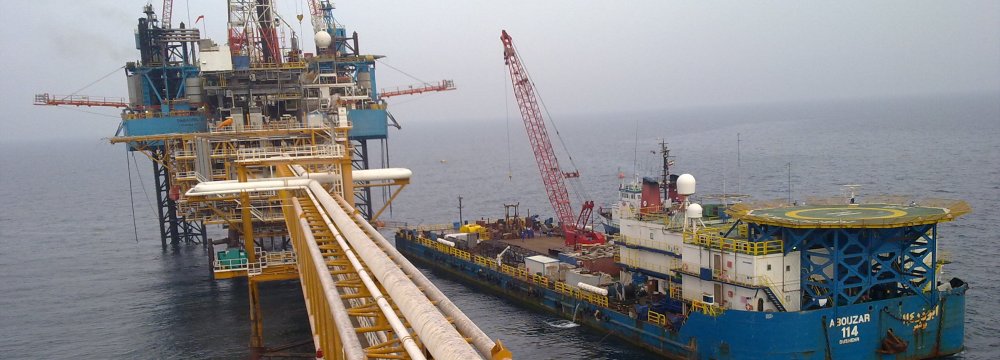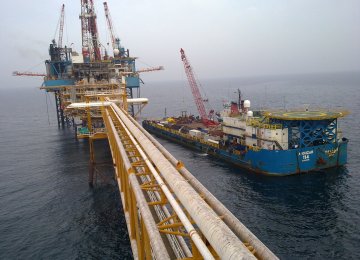The new model of Iran's oil contracts is clear on all grounds, but there is still some ironing out to do over the terms of collaboration with foreign companies on raising the recovery factor in oilfields, the managing director of National Iranian Oil Company said.
"The new oil contracts have been finalized … but a financial framework on raising the recovery rate in oilfields in unclear," Ali Kardor was quoted as saying by NIOC's news portal on Tuesday.
Iran Petroleum Contract, as the country's new contractual model for oil and gas field projects is officially known, is an effort to bring back multinationals to Iran's underinvested oil industry.
IPC entails more attractive terms of investment for oil majors, but the Oil Ministry aims to make sure that the new contracts will help Iran draw on its massive hydrocarbon reserves for many years; that is where an advanced practice, known as oil recovery, comes into play.
Oil recovery is the implementation of various techniques for increasing the amount of crude oil that can be extracted from an oilfield.
According to Kardor, Tehran is assessing different oil recovery methods to achieve the best result in each field.
"The obligations of contractors are clear, but after [developing the fields], the contractors are required to determine a method for maintaining and raising the rate of production. Some companies opt for water injection and some prefer gas injection among other methods," he said.
Research shows that enhanced oil recovery methods can increase production from a well to up to 75% of its in-place reservoirs. Oil and gas fields have a life cycle of 10-50 years, depending on their size and geological formations. Production hits a plateau for two to three years before the extraction rate drops by 1-10% every year.
--- Oilfield Problem
Kardor underlined the recovery factor as an important component of developing oil and gas fields, which has been agreed upon for Phase 11 of South Pars Gas Field but is subject to varying opinions.
French energy major Total is the leader of a consortium that is poised to develop SP Phase 11 in three years to produce 56 million cubic meters per day of natural gas from the offshore project.
"Everything is clear about the first development phase of SP Phase 11 and we know what we want in the second phase, such as the installation of compressors on the offshore platform. The steps are well-defined, but for oilfields, it is unclear."
The average rate of recovery from Iran's oilfields is around 25%, but it should reach 40%. In-place oil reserves are estimated at 800 billion barrels. Officials say raising the recovery rate by merely 1% is equivalent to adding 8 billion barrels to production, which would generate $400 billion at current crude prices.
Iran signed the first IPC deal with Total in July, but the country aims to hold tenders for dozens of oil and gas fields.
Kardor noted that three oil projects are in line to be tendered within the IPC framework: the oil layer of South Pars as well as Mansouri and Abteymour oilfields in the southern Khuzestan Province.











Add new comment
Read our comment policy before posting your viewpoints